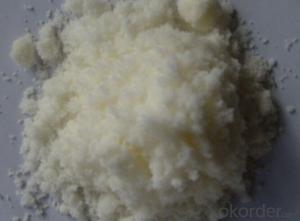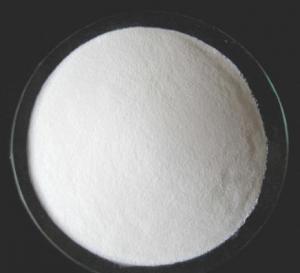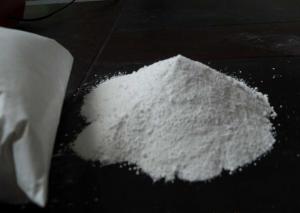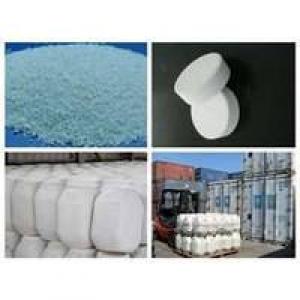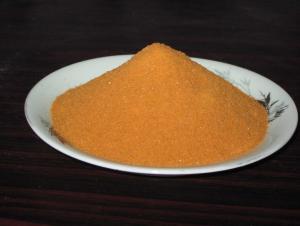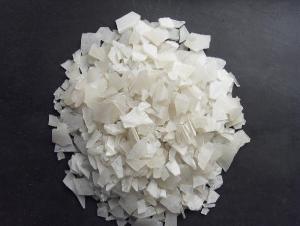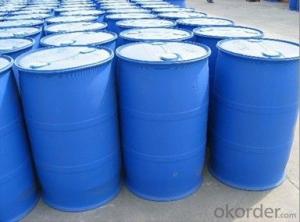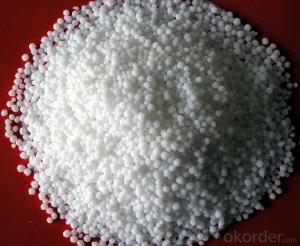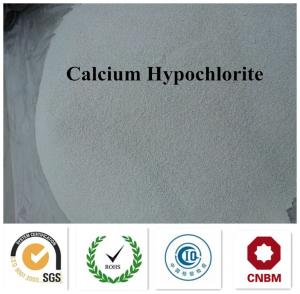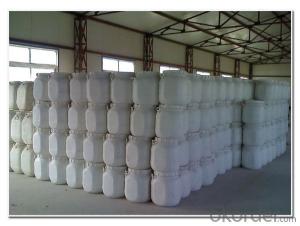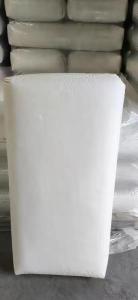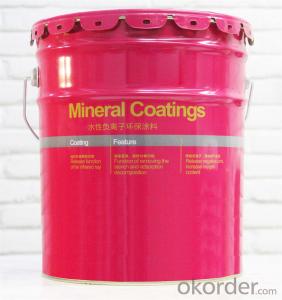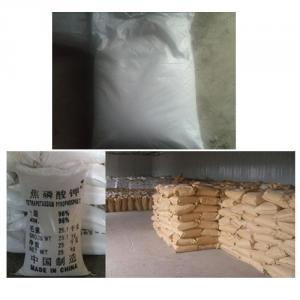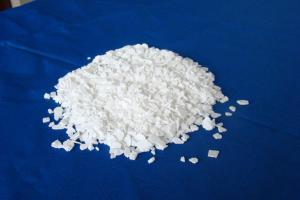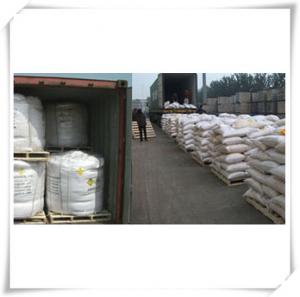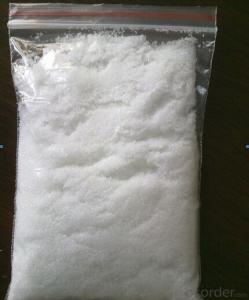Sodium Nitrite Industrial Grade Construction Powder
- Loading Port:
- China main port
- Payment Terms:
- TT OR LC
- Min Order Qty:
- 1000 kg
- Supply Capability:
- 500000 kg/month
OKorder Service Pledge
OKorder Financial Service
You Might Also Like
Sodium Nitrite Industrial Grade Construction Powder
| Classification: | Nitrate | Type: | Sodium Nitrite | CAS No.: | 7632-00-0 |
| Other Names: | sodium nitrite 99% min. | MF: | NaNO2 | EINECS No.: | 231-555-9 |
| Place of Origin: | China (Mainland) | Grade Standard: | Agriculture Grade,Food Grade,Industrial Grade | Purity: | 98-99%min. |
| Appearance: | white or yellowish crystal | Application: | as raw material for the making of nitrocompounds, azo dyes; as mordant | %: | sodium nitrite 99% min. |
| Model Number: | sodium nitrite 99% min. | UN no.:: | 1500 | Hazard Class: | 5.1 |
[Properties]
White fine crystal. Some are light gray or buff. The relative molecular weight is 84.99 and
density is 2.257. It's easy to be deliquescence and to dissolve in water and liquid ammonia, but only a
little can dissolve in ethanol and glycerin. The melting point is 271°C. And decomposition temperature
is 380°C. Its decomposition products are sodium nitrite and oxygen. If heated to higher temperature, it
will be decomposed into the mixed gas of oxygen, azote and oxynitride. It has the strong oxidizing
property and can cause the inflammation and explore while mixed with organics, sulfur and sulfite etc.
[Quality] Specifications: (GB2367-90)
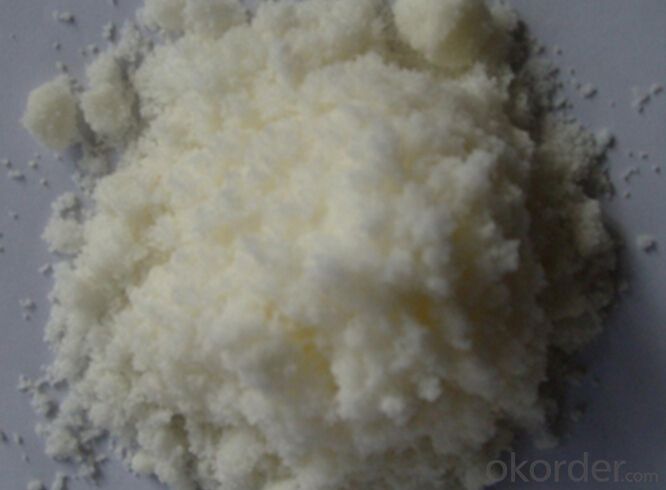
Index name | Superior | First grade | Second grade |
Sodium nitrite % | ≥99.0 | ≥98.5 | ≥98.0 |
Sodium nitrate % | <0.80< | <1.00 | <1.90 |
Chloride % | ≤0.10 | ≤0.17 | - |
Moisture % | ≤1.8 | ≤2.0 | ≤2.5 |
Water insoluble content % | ≤0.05 | ≤0.06 | ≤0.1 |
[Use]
This product is used as fabric dyeing mordant, silk andlinen bleach, metal heat treatment agent,
electroplating corrosion inhibitor,chemical analytical reagent, medical vasodilator and the raw material
toproduce potassium nitrite, nitrocompounds and azo dyes, etc.
[Packing] PP woven bag lined with PE film moisture-proof bag.Sealed with sewing machine.
Net weight 50kg or 25kg.
FAQ
1.Q: What is MOQ?
A: Our MOQ is 1 TON.
2.Q: Could you offer free sample?
A: We can provide free samples to you for quality testing.
3.Q: What about your packing?
A: For liquid: Flexitank, or IBC tank 1000L
For powder:Woven fabric bag with plastic film liner( 25kg or 1000kg)
Clients’ packing is workable.
4.Q: How about your productive capacity?
A: 150000 tons/Year.
5.Q: What is your delivery time?
A: Within 7 days after received deposit or L/C at sight.
- Q:Is urea an inorganic salt?
- Is not organic matter ah inorganic salts are present in the body and food minerals in the mineral, composed of organic matter and inorganic synthesis of the human body has been found to have more than 20 kinds of essential inorganic salts, about 4 to 5% of body weight. More (> 5g) for calcium, phosphorus, potassium, sodium, chlorine, magnesium, sulfur seven; daily dietary requirements are more than 100mg, known as constant elements. Other low content, with the modern analysis of technological progress Iron, copper, zinc, manganese, cobalt, molybdenum, selenium, chromium, nickel, silicon, fluorine, vanadium and other elements were found by atomic absorption spectroscopy, neutron activation, plasma emission spectroscopy and other trace analysis methods. But also the human body is necessary, the daily dietary requirements for the amount of μg ~ mg called trace elements.
- Q:Is the inorganic salt the same as the saline?
- Saline is sodium chloride solution, most people use the point is 0.9%.
- Q:Does the urine and urine contain inorganic salts? Anxious
- Analysis: This question can be solved from the formation of urine. Kidney is the formation of urine organs, nephrons are the basic unit of renal structure and function, nephrons include glomerular, renal sac and renal tubules; urine formation process, including filtration, reabsorption and secretion of three processes.
- Q:Why inorganic salt waterproof coating does not apply to roof waterproofing
- Inorganic salts are generally in the form of waterproof agent, generally mixed with cement quality of 3-5 percent, but now the roof is waterproof waterproof polyurethane materials are generally used, this is a new type of waterproof coating, Paint manufacturers, you can first check online!
- Q:What are organic and inorganic salts?
- An organic salt is a salt containing an organic ion ( carbon atoms ) The reaction product of an organic acid and an inorganic base, for example, sodium acetate (CH3COONa) from the reaction of acetic acid (CH3COOH) and sodium hydroxide (NaOH). The Organic ion, here, is CH3COO- Inorganic compounds come principally from mineral sources of non-biological origin. The modern definition of inorganic compounds often includes all metal-containing compounds, even those found in living systems. So, Inorganic salts are salts of such elements (salts that don't contain carbon atoms) For eg: NaCl, KCl, BaCl2, Al2SO4, etc
- Q:What are the important physiological functions of inorganic salts in cells
- Inorganic salts are important for the structure of tissues and cells. Hard tissues such as bones and teeth are mostly composed of calcium, phosphorus and magnesium, and soft tissue contains more potassium. The inorganic salts in the body fluids regulate the permeability of the cell membrane, control the moisture, maintain normal osmotic pressure and acid-base balance, and help transport the common elements to the whole body, participate in nerve activity and muscle contraction. Some are inorganic or organic compounds that are involved in many important physiological functions of constituents, hormones, vitamins, proteins and nucleic acids that make up enzymes, or as activators of various enzyme systems. For example: to maintain the heart and brain activity, to help the formation of antibodies, play a useful role in the human body.
- Q:What is the composition of inorganic salts?
- Inorganic salts are inorganic compounds in the salt, formerly known as minerals
- Q:Octopus why the lack of boron-containing inorganic salts can cause rape to flow only without fruit
- When the boron deficiency occurs, pollen tube germination is affected and poor fertilization leads to seed formation.
- Q:What does salt form when it dissolves?
- Most inorganic salts are ionic in nature and therefore it will dissociate in ions. For example Copper sulphate will dissociate in Cu+2 and SO4 -2 ions. If the dissociation energy of the salt is too high, it will remain partially or completely as salt in the solution. large number of organic salts do not dissociate completely and the solution will contain Ions and salt - both.
- Q:I am an AP biology student testing how magnesium effects the rate of photosynthesis in a plant. However since my class period is only one hour long I highly doubt if i add epsom salt to the soil ( after mixing it with water) i will see an immediate increase in the rate of photosynthesis. So i need to know how long should i wait to test photosynthesis rates after adding an epsom salt solution to the soil of a plant. Or how long does it take for magnesium to be incorporated into a plants rate of photosynthesis. Thanks in Advance!
- Magnesium sulfate (or magnesium sulphate) is an inorganic salt (chemical compound) containing magnesium, sulfur and oxygen, with the formula MgSO4. It is often encountered as the heptahydrate sulfate mineral epsomite (MgSO4·7H2O), commonly called Epsom salt, Magnesium is part of the chlorophyll in all green plants and essential for photosynthesis. It also helps activate many plant enzymes needed for growth. Rate of photosynthesis does not depend upon any single factor . so it is futile to expect it should increase after addition of epsom salt to soil in solution form . Because first it should be incorporated in chlorophyll molecule . That depends upon formation of new leaves . Old leaves already have it ( formula of chlrophyll a = C55 H72 O5 N4 mg ) That is the requirement is just one atom per molecule . what to do with excess ? Unless the soil is deficient in Mg . It it useless to add it . soil pH is another factor to be considered = Soil pH (a measure of the acidity or alkalinity of the soil) Soil pH is one of the most important soil properties that affects the availability of nutrients. Macronutrients tend to be less available in soils with low pH. Micronutrients tend to be less available in soils with high pH. www.ncagr /cyber/kidswrld/plan...
1. Manufacturer Overview |
|
|---|---|
| Location | |
| Year Established | |
| Annual Output Value | |
| Main Markets | |
| Company Certifications | |
2. Manufacturer Certificates |
|
|---|---|
| a) Certification Name | |
| Range | |
| Reference | |
| Validity Period | |
3. Manufacturer Capability |
|
|---|---|
| a)Trade Capacity | |
| Nearest Port | |
| Export Percentage | |
| No.of Employees in Trade Department | |
| Language Spoken: | |
| b)Factory Information | |
| Factory Size: | |
| No. of Production Lines | |
| Contract Manufacturing | |
| Product Price Range | |
Send your message to us
Sodium Nitrite Industrial Grade Construction Powder
- Loading Port:
- China main port
- Payment Terms:
- TT OR LC
- Min Order Qty:
- 1000 kg
- Supply Capability:
- 500000 kg/month
OKorder Service Pledge
OKorder Financial Service
Similar products
New products
Hot products
Related keywords
